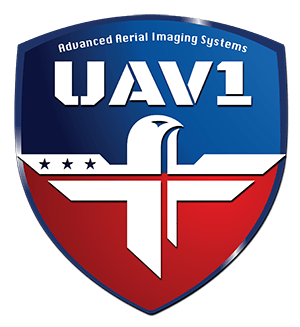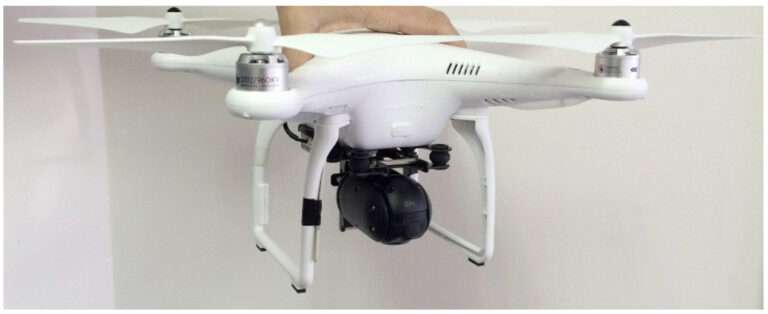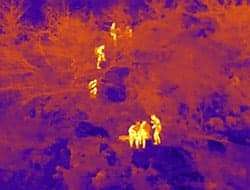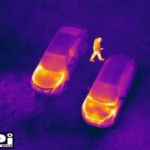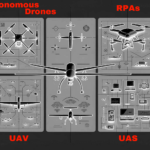The dynamic world of technology is continuously evolving. Sierra Pacific Innovations Corp (SPI Corp) and UAV1.com, with their pioneering work in the realm of thermal imaging and Unmanned Aerial Vehicles (UAVs), have been instrumental in transforming multiple industries. This post explores the fascinating history and the cutting-edge present of thermal imaging and UAV technology, focusing on SPI Corp’s innovative M2D cameras and their applications in various fields.
A Brief History of Thermal Imaging
The ability to ‘see’ heat has long been a human fascination. The story of thermal imaging, a technology that allows us to visualize the invisible realm of infrared radiation, begins in the 20th century.

The concept of thermal imaging was born in 1929, thanks to Hungarian physicist Kálmán Tihanyi. A pioneering figure in the field of electronics, Tihanyi designed the first infrared-sensitive (night vision) electronic television camera. His intent was to improve anti-aircraft defense systems in Britain by making it possible to ‘see’ enemy aircraft in the dark. Tihanyi’s invention was a turning point that effectively laid the groundwork for the development of modern thermal imaging.
But the technology Tihanyi had conceived was embryonic, and it would take another two decades before thermal imaging started to resemble what we know it to be today. The technology was in its infancy during World War II, with the first thermal imagers being cumbersome, slow, and incapable of producing real-time images.
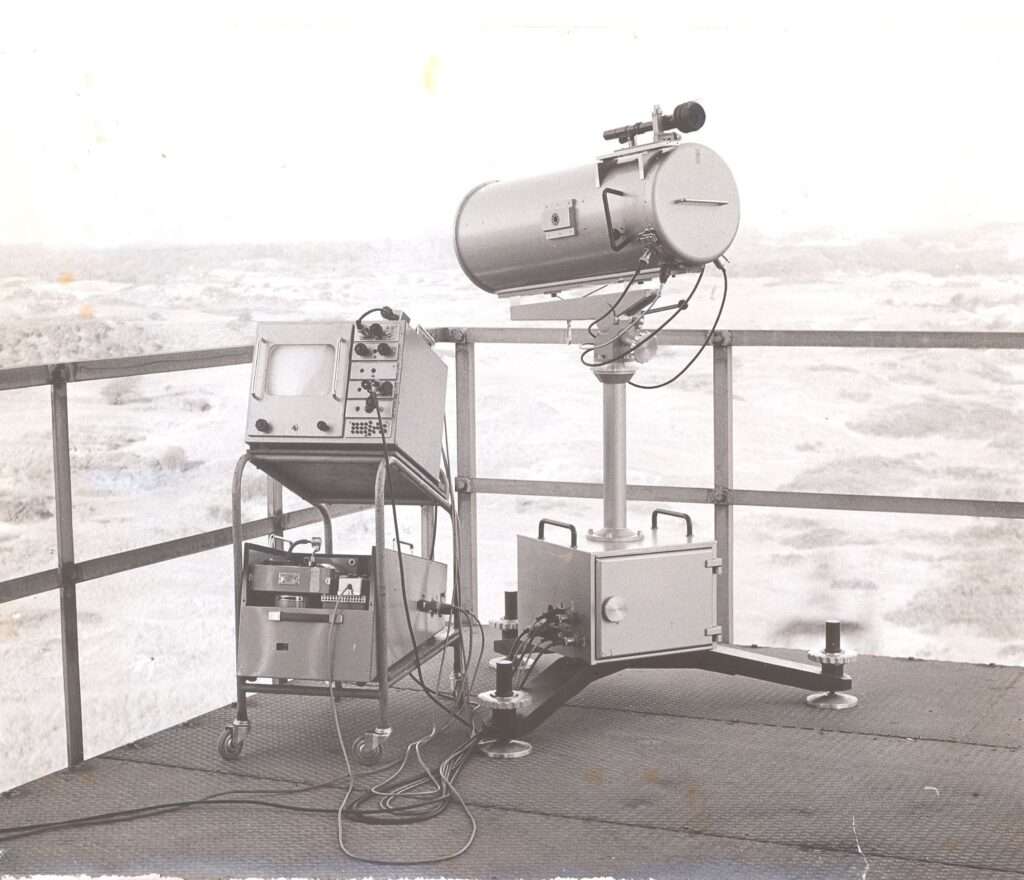
The major breakthrough came in the 1950s and 1960s, driven primarily by military needs during the Cold War period. During this time, Texas Instruments developed the first military-grade thermal imagers. These devices were based on a principle known as ‘scanning technology.’ They incorporated a single detector that scanned an area line by line to build an image. However, these systems were far from perfect; they were large, expensive, and required external cooling systems to function correctly.
The 1970s witnessed the emergence of the first commercial thermal imaging systems. These were initially used for power line inspections. The ’80s saw the advent of uncooled detectors, which didn’t require the bulky and expensive cooling systems of their predecessors. This made thermal cameras significantly more accessible and easy to handle, paving the way for their expanded use in various industrial, commercial, and eventually, personal applications.
Fast forward to the 21st century, and thermal imaging has become a critical component in a variety of sectors, including defense, public safety, industrial inspections, and medicine. The technology is now found in everything from firefighting equipment to home inspections, wildlife research to preventive maintenance, and security systems to UAVs.

As we delve into the current and future potential of thermal imaging, especially in its powerful combination with UAV technology, we can only marvel at how far this technology has come from its humble beginnings in Tihanyi’s lab. It’s an inspiring testament to human ingenuity and a clear indicator of the untapped potential that lies ahead. As we look forward to the future, one thing is certain: the evolution of thermal imaging is far from over.
The Evolution of Unmanned Aerial Vehicles (UAVs): A Soaring Trajectory
The story of Unmanned Aerial Vehicles (UAVs), also known as drones, is not a recent one. In fact, it’s a narrative that spans over a century, filled with innovations and advancements that have led us to the sophisticated drones we use today.
The earliest record of UAV usage goes back to the mid-19th century when Austria attacked the city of Venice with unmanned balloons filled with explosives. While this marked a primitive start to UAVs, it set the stage for future exploration into unmanned flight.
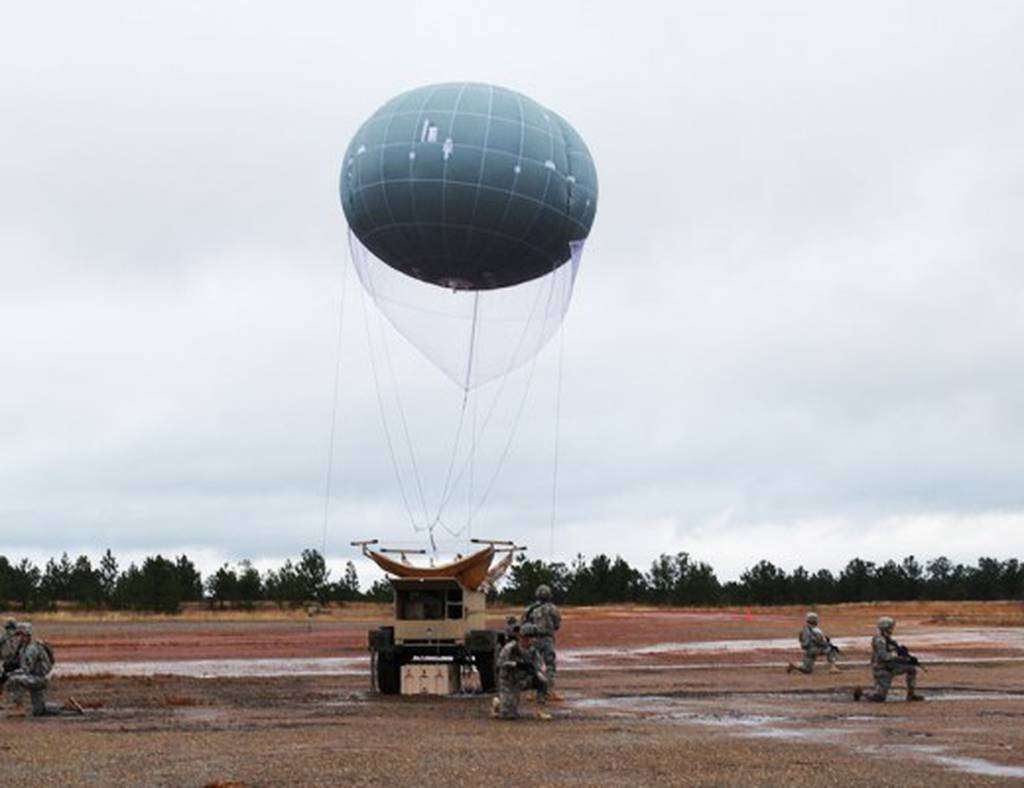
The turn of the 20th century saw more sophisticated and purposeful attempts at utilizing UAVs. During World War I, the U.S. developed the Kettering Bug, an unmanned “aerial torpedo” that would fly to a predetermined distance before dropping its payload. Although it was not used in combat, it demonstrated the potential of unmanned flight.
Fast forward to World War II and the years that followed, UAVs were primarily used for training anti-aircraft gunners, surveillance, and even as flying bombs. The technology, however, remained rudimentary and limited in its capabilities.
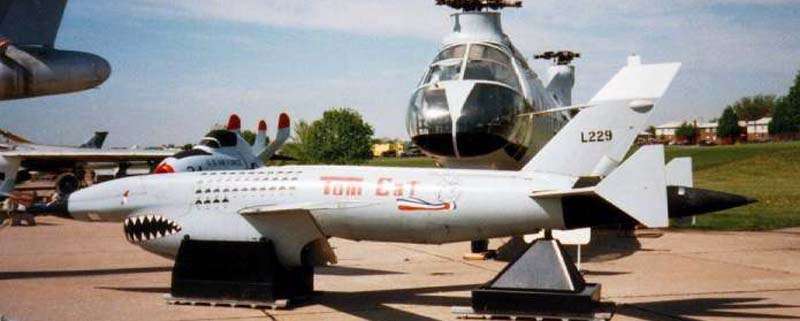
The real turning point in the evolution of UAVs came during the Vietnam War. The U.S. military developed the Lightning Bug, a UAV used for surveillance missions over North Vietnam. The drones would capture images before ejecting the camera, which would parachute to the ground to be collected by the military. This marked the first extensive use of UAV technology in a combat scenario.
The late 20th century brought with it an explosion in computer technology, which had a profound effect on UAV development. Drones became smaller, more autonomous, and could carry out complex tasks. During the Gulf War in the 1990s, UAVs were used for a wide array of tasks, from reconnaissance to damage assessment.
In the 21st century, UAVs have evolved beyond military use, permeating various sectors such as agriculture, real estate, entertainment, and public safety. Advancements in battery life, stability, and payload capacity have allowed drones to be utilized in ways previously thought unimaginable.
The last decade has seen the rise of multirotor drones, primarily quadcopters, which have revolutionized aerial photography and videography. Meanwhile, professional sectors have leveraged UAV technology for tasks such as surveying, inspections, and even delivery services.
Today, we’re witnessing the integration of advanced sensors and imaging capabilities, such as thermal imaging, into drones, creating even more use cases and possibilities. From tracking wildlife, to search and rescue missions, to monitoring crop health, the combination of UAV and thermal technology is taking us to new heights.
The journey of UAVs from bomb-carrying balloons to sophisticated, multi-faceted tools is a testament to human ingenuity and innovation. As we continue to push the boundaries of technology, the future of UAVs seems poised for even greater heights.
The Growing Importance of EO/IR Gimbals in Unmanned Systems
The integration of Electro-Optical (EO) and Infrared (IR) gimbals into unmanned systems, like UAVs, has brought about a sea change in their operational capabilities. These gimbals, equipped with high-definition video tracking, target tracking, and image enhancement technology, offer a multi-sensor payload system that can be customized to individual mission requirements. Ranging from single and double Field of View (FOV) cameras to thermal imaging cameras, CCD sensors, and optical zoom cameras of varying strengths, they encompass a diverse array of surveillance and reconnaissance tools.
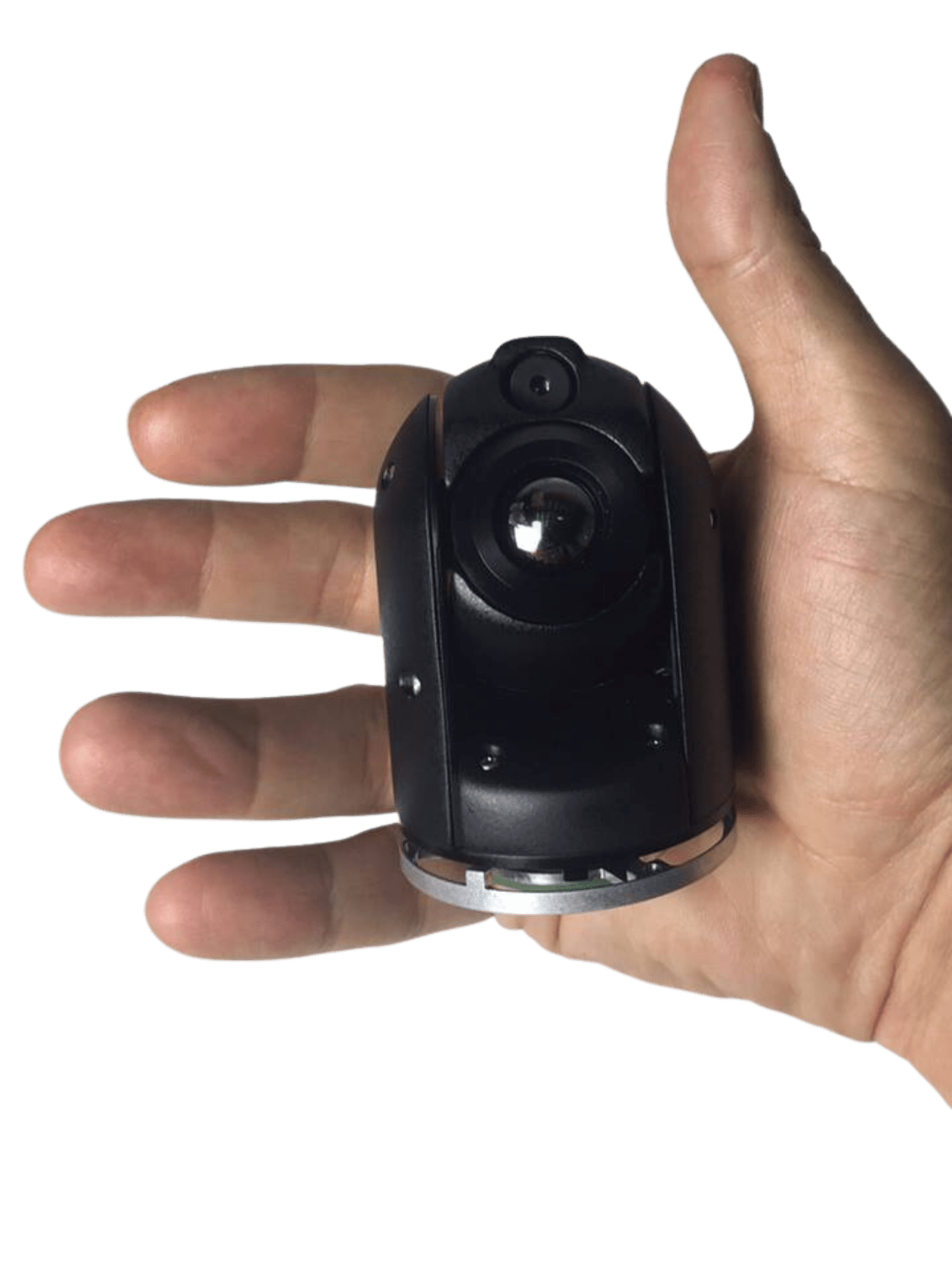
One such cutting-edge product is the M2D Mini UAV UAS drone thermal FLIR gimbal payload developed by SPI Corp. Hailed as one of the smallest stabilized EO/IR LWIR uncooled gimbals available today, it is designed for specific mission types and conditions, including daytime, night-time, and tactical operations. Its lightweight design and easy mounting system make it a versatile addition to any drone, allowing it to be swapped out efficiently depending on mission requirements.
Integrating High-Performance Thermal Imaging into UAVs: The M2D Mini UAV EO IR FLIR Gyro Stabilized Gimbal
The evolution of thermal imaging and UAV technology leads us to an exciting juncture where these two powerful tools intersect. SPI Corp, a company at the forefront of thermal imaging solutions, is paving the way for this intersection with its cutting-edge M2D Mini UAV EO IR FLIR gyro Stabilized Gimbal. This compact, lightweight, and high-performing gimbal is a testament to SPI Corp’s commitment to innovation and practicality.
The M2D gimbal is one of the smallest and lightest stabilized gimbals in the market, weighing a mere 160 grams. Despite its compact size, it does not compromise on performance. The payload includes a FLIR thermal camera and a visual camera with optical zoom. This dual-camera configuration offers multi-spectral imaging capabilities, providing users with a versatile solution for all-conditions surveillance.
One of the unique features of the M2D gimbal is its compatibility with a wide range of drones, including industry leaders like the DJI Phantom, Inspire series, S900, and S1000. This broad compatibility ensures that users can integrate the gimbal with their existing UAV platforms without any hassle.
The M2D gimbal also excels in the stabilization department. It is gyro-stabilized, which means it can maintain a steady line of sight regardless of the movements or vibrations of the drone. This ensures that the footage captured, whether visible or thermal, is smooth and clear, even under challenging flying conditions.
But where the M2D really shines is in its integration of Electro-Optical (EO) and Infrared (IR) imaging capabilities. This combination offers both visible light and thermal imaging, thus empowering users to monitor, track, and analyze their environment effectively under all conditions – day or night, clear or obscured visibility.
Taking a step back to see the bigger picture, the M2D gimbal represents the confluence of the historical development of thermal imaging and UAV technology. It embodies the learnings and advancements from the early days of thermal imaging, dating back to Hungarian physicist Kálmán Tihanyi’s invention, and the evolution of UAVs from bomb-carrying balloons to sophisticated, multi-faceted tools.
By integrating these two powerful technologies, SPI Corp is enabling a new wave of applications across various sectors. In agriculture, the M2D-equipped UAVs can enable farmers to monitor crop health and detect issues early. For law enforcement and military operations, it can provide critical information for surveillance and reconnaissance, even in complete darkness or obscured conditions. In the commercial and industrial sector, it can facilitate inspections and monitoring of hard-to-reach areas, enhancing safety and efficiency.
SPI Corp’s M2D Mini UAV EO IR FLIR gyro Stabilized Gimbal is more than just a product. It’s a testament to the power of integrating technologies, a nod to the history of thermal imaging and UAVs, and a glimpse into the future of these two remarkable technologies.
The Versatile Applications of the M2D Gimbal
The integration of SPI Corp’s M2D gimbal into UAVs is a game-changer, bringing about a revolution in the way we approach surveillance, analysis, and resource management in various sectors. Let’s delve deeper into these applications:
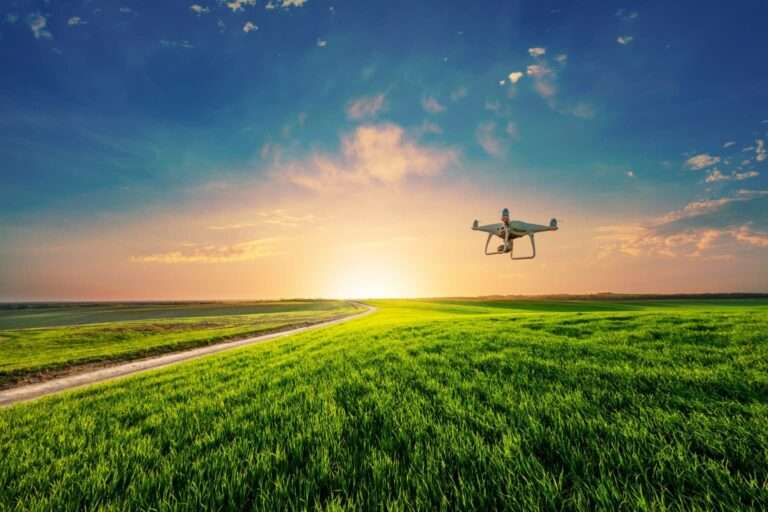
Agriculture: The agricultural industry stands to benefit immensely from the M2D gimbal. Its thermal imaging capabilities can provide a new perspective on crop health. Farmers can identify areas where irrigation is insufficient, detect signs of disease or pest infestation early, and even monitor the growth rate of their crops. These insights can lead to more effective resource management, reducing wastage and improving crop yields. The use of UAVs equipped with the M2D gimbal could also potentially reduce the need for manual labor for such monitoring tasks, saving time and effort.
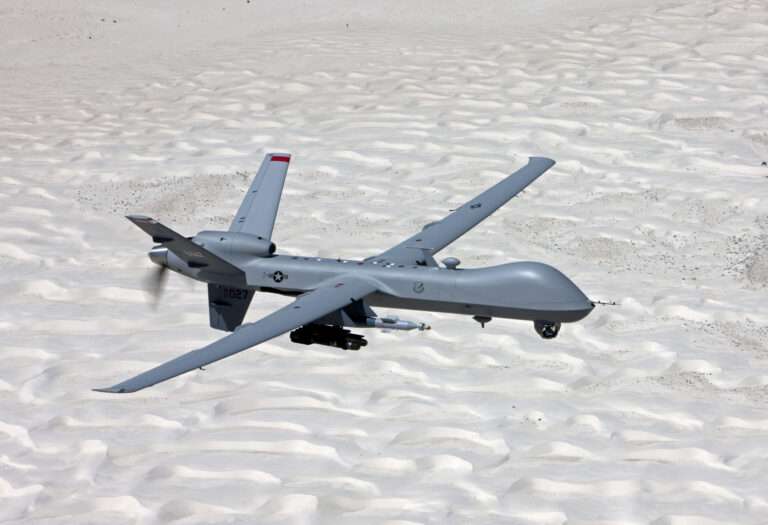
Military and Law Enforcement: For military and law enforcement agencies, the value of enhanced situational awareness cannot be overstated. The M2D gimbal provides this by facilitating surveillance operations in low-light or obscured conditions, thanks to its thermal imaging capabilities. It can assist in search and rescue operations by helping operators spot heat signatures of people or vehicles, even in challenging weather conditions or tough terrains. It can also aid in threat detection, helping to secure perimeters and identify potential threats before they can cause harm.
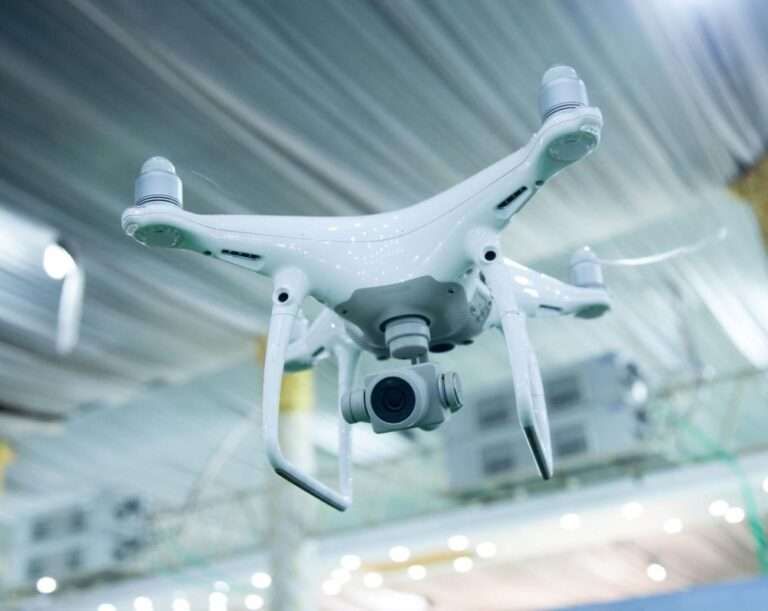
Commercial and Industrial: In the commercial and industrial sectors, the M2D gimbal can play a pivotal role in enhancing safety and operational efficiency. Thermal imaging can be used for infrastructure inspections, helping to identify structural issues or energy leaks in buildings that might be invisible to the naked eye. It can also aid in monitoring industrial processes, enabling operators to spot equipment overheating or malfunctioning early, preventing accidents and reducing downtime.
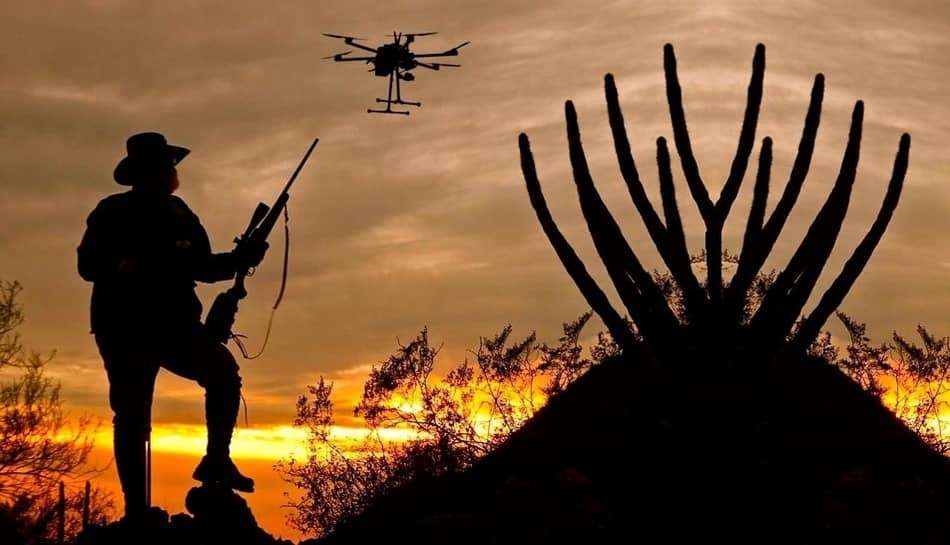
Personal Use: The M2D gimbal isn’t just for professionals. For the right client, this technology can open up a world of possibilities. Wildlife enthusiasts can use it for nocturnal animal observation, tracking their heat signatures without disturbing them. For personal security, homeowners can use drones equipped with the M2D gimbal to monitor their property, detecting human presence even in the dark. Creative individuals can also use it to film unique thermal footage for video projects, adding an intriguing twist to their content.
By integrating the M2D gimbal with UAVs, SPI Corp is not just offering a product but a versatile tool that can transform operations across sectors. It’s a testament to the power of thermal imaging and UAV technology, and their potential for shaping our future.
The Exciting Future of Thermal Imaging and UAVs
As we gaze into the future of thermal imaging and UAVs, the prospects are not only promising but also hint at numerous untapped opportunities. The amalgamation of thermal imaging with advanced technologies such as artificial intelligence and machine learning could automate tasks like threat detection or crop health analysis, thereby increasing operational efficiency and accuracy. Moreover, with UAVs becoming more autonomous, they might soon perform complex missions requiring little to no human intervention, opening up a new era in unmanned aerial operations.
In the near future, UAVs equipped with thermal imaging could provide real-time data for tasks such as firefighting, disaster response, and environmental monitoring. They might be able to detect subtle changes in weather patterns, track wildlife populations, or even predict natural calamities, making significant contributions to conservation efforts and emergency responses.
For personal use, the applications are virtually limitless. From enhancing home security to observing wildlife, thermal imaging offers a unique and detailed perspective of our surroundings.
Leading the way in these developments are pioneering companies like SPI Corp and UAV1. By continuously innovating and pushing the boundaries, these trailblazers are shaping the future of thermal imaging and UAV technology.
In conclusion, the integration of thermal imaging technology with UAVs has a broad spectrum of potential applications. From agricultural monitoring to military operations, commercial and industrial inspections, and even personal uses, this technology is revolutionizing the way we perceive and interact with the world. With endless possibilities on the horizon, it is indeed an exciting time to witness and participate in the evolution of these rapidly advancing fields.
